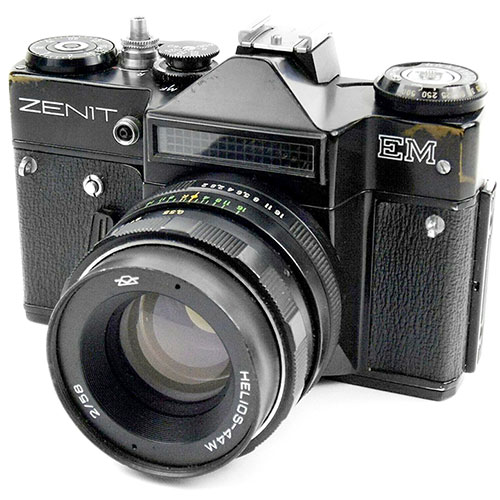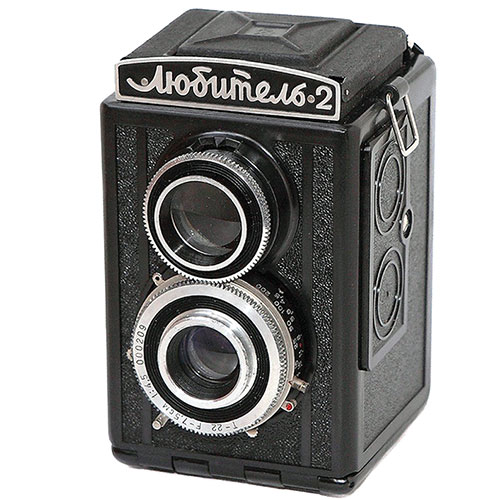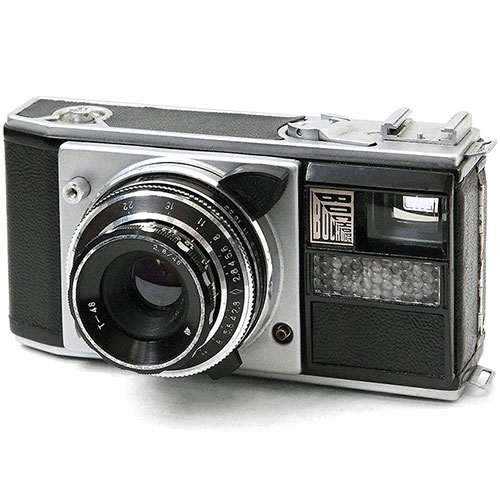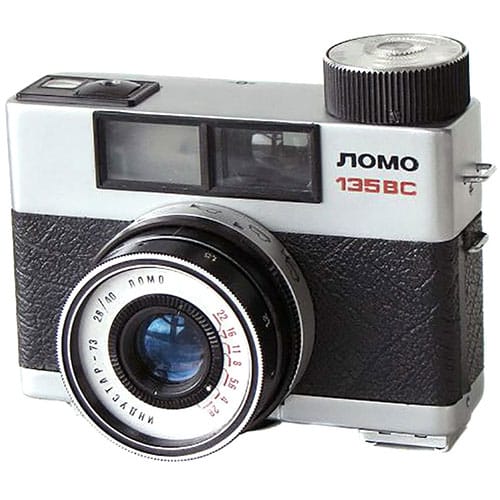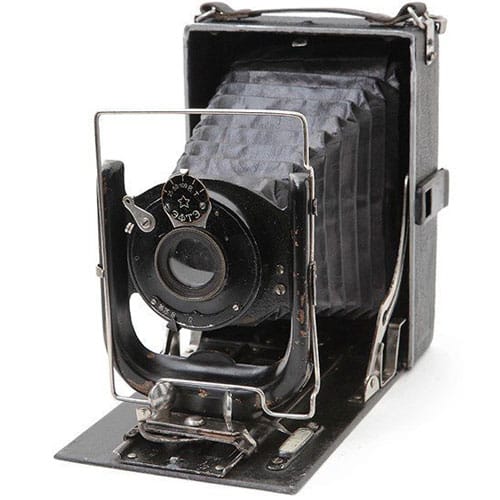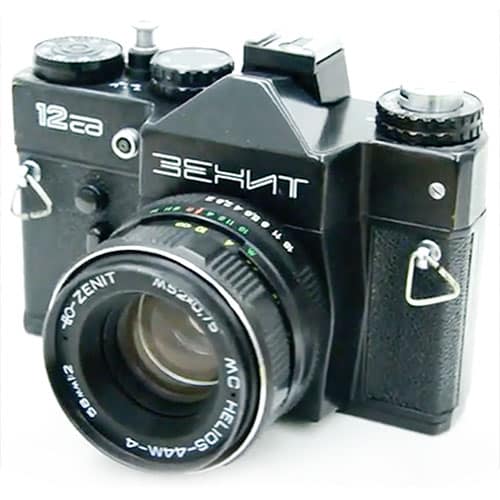ARFO-2
The large-format ARFO-2 camera was produced from 1933 to 1938. Cameras called ARFO replaced the EFTE cameras that we talked about earlier.
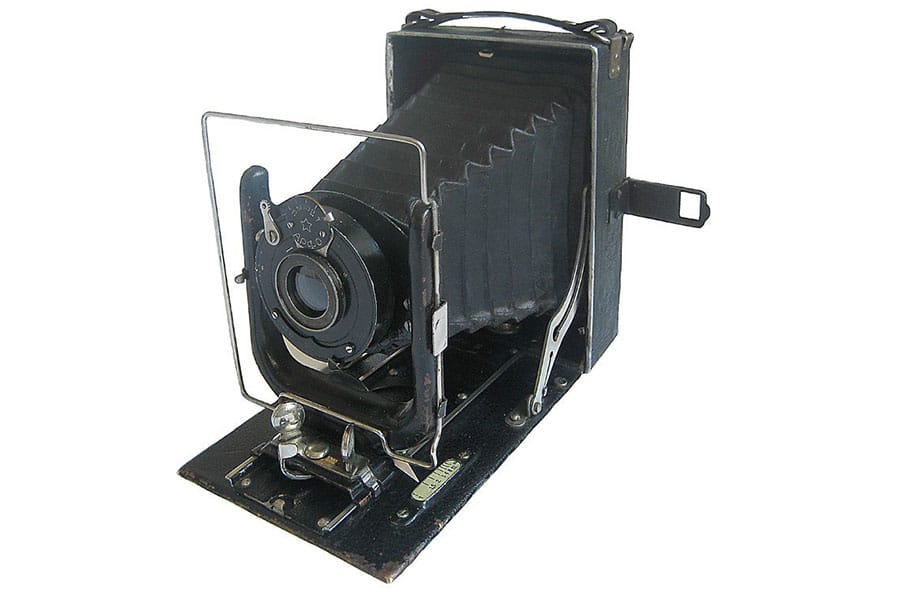
The production of large-format ARFO cameras began with the second model, that is, with ARFO-2, which simply replaced EFTE-2, that is, there is no camera called ARFO-1.
ARFO-2 Specifications
- Type: 9×12 folding camera
- Manufacturer: Foto-Trud
- Production period: from 1933 to 1938
- Format: 9×12
- Lens mount: fixed lens
- Lens: ARFO anastigmat f4.5/135
- Shutter: leaf shutter with speeds of 1/25, 1/50 and 1/100 sec. plus B and T
- Viewfinder: ground glass
- Lighmeter: none
- Flash synchronisation: none
- Selftimer: none
- Weight: 1140 grams
The first models actually did not differ much from EFTE cameras. The very first models even had EFTE inscriptions above the lens.
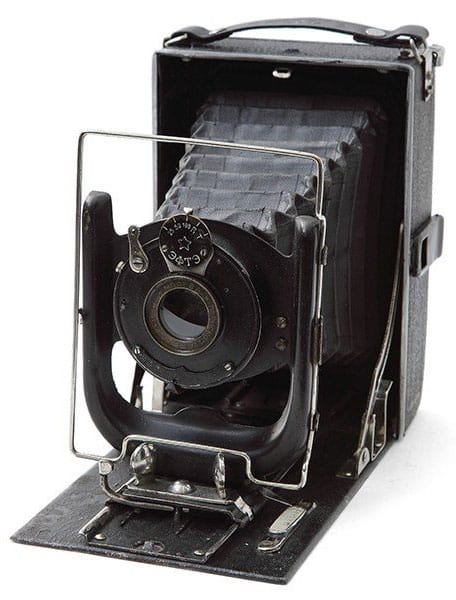
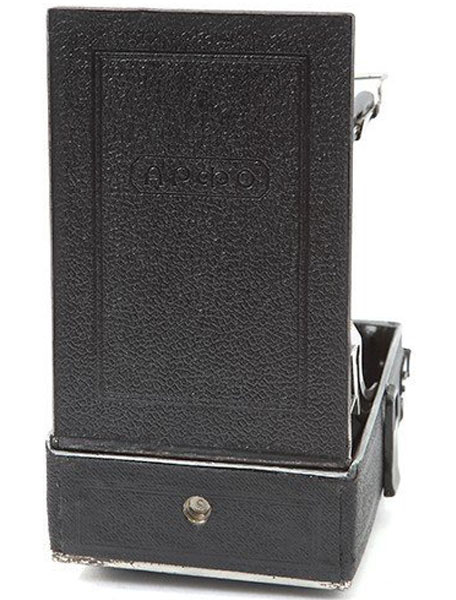
ARFO-2 is a plate folding camera of 9×12 format. Focusing occurs by a ground glass using a lever drive located in front on the slides of the lens board. In addition, this camera was equipped with a so-called “sports viewfinder”, that is, just a conventional folding frame. This helped focus faster without using ground glass.
ARFO-2 was produced with EFTE shutters (shutter speeds of 1/25, 1/50, 1/100, B, and T) and ARFO periscope lenses (F=15 cm), or with ARFO shutters (shutter speeds of 1/25, 1/50, 1/100, B, and T) and anastigmat ARFO lenses (6.3/135).
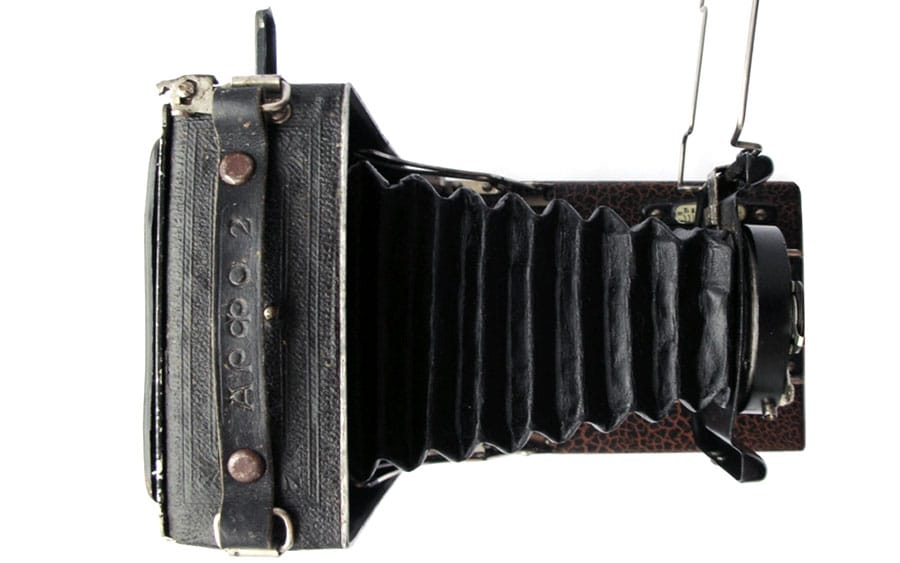
This camera is also a very simple tool in the hands of the photographer. This camera has only the basic things that any camera should have. There is nothing that many large-format camera users like so much – that is, the ability to move the front and back standards.
This is not very good, because if you buy such a camera not for collecting, but in order to take real photographs with it, you face a lot of difficulties.
The fact of the matter is that when you buy a large-format camera, you expect to get everything that is inherent in this type of camera. And we are not only talking about the large size of the negative, but also about the movements of the front and rear standards.
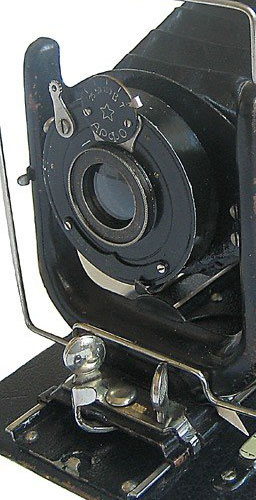
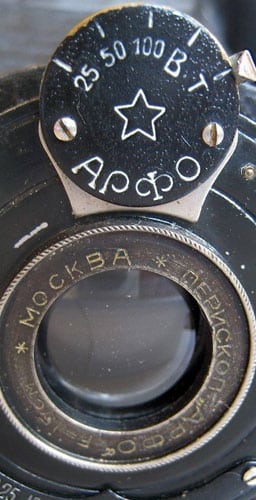
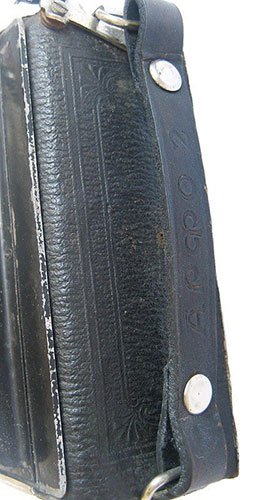
But with all this, ARFO-2 is a pretty good camera if you want to get acquainted with Soviet large-format cameras. But, as is the case with most Soviet large format cameras, it is very difficult to find an ARFO-2 camera in a more or less normal state and at an adequate price.


